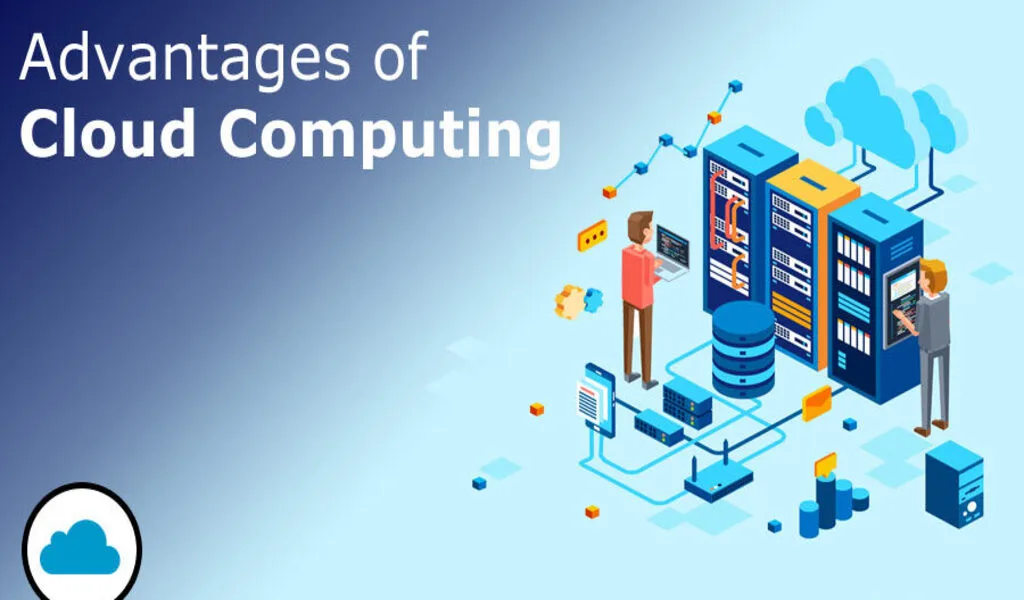Tech
The Advantaged of Edge Servers Compared to The Major Clouds

The Advantaged of Edge Servers Compared to The Major Clouds – With the development and expansion of the digital economy, a new form of It infrastructure emerged. At the beginning of this century, 20 years ago there was only one term for server appliances used to host data and applications.
It was a “Dedicated Server”. Then with the transformation of computer virtualization technologies into Cloud computing, the IT hosting industry began using the term “Bare-Metal Server”.
It is used to distinguish a virtual server, hosted on cloud infrastructure from a physical server, which is used for hosting apps, usually by a single tenant, with an operating system installed directly on the physical server.
In the current complex application frameworks, however, a bare-metal server could also be virtualized to host virtual machines with any virtualization technology or even set up to host Container-based cloud-native apps.
From Dedicated to Edge Servers
With the rapidly developing digital economy, there is a growing demand for an information technology architecture in which client data is processed as close as possible to the place where the data is gathered.
The concept of smart cities requires a lot of data to be collected in various points of the metropolitan areas. This data should be processed and stored as close as possible to its originating source. It is virtually not always possible to have an appliance with enough computing resources located directly at the location.
For this reason, telecommunication companies started building data centers “at the edge”, very close to the places where the data is collected. The physical servers, hosted in such data centers are called Edge Servers.
The so-called Edge server Data are important IT hubs of the digital economy because they host and process valuable business data and support real-time control over critical business processes and operations.
The edge server appliances can be also called a distributed cloud infrastructure – allowing the design and use of geographically dispersed IT ecosystems that deliver services for cloud-native apps.
Such ecosystems work very closely with the end-users and devices generating or consuming data. Edge servers, the building blocks of the distributed cloud infrastructure process, store, and manage data locally in edge data centers, in close proximity to where it is generated or needed, rather than sending it to a centralized data center or cloud server for processing.
The Benefits of Using Edge Servers?
Edge appliances reduce latency and improve the performance of cloud-hosted applications and services by minimizing the distance and time it takes for data to travel between the source and the server.
By bringing computing resources closer to the network edge, edge servers provide much faster response time and better user experience for applications that require real-time or low-latency processing, such as IoT (Internet of Things) devices, video streaming, and autonomous vehicles.
For example, a dedicated server in Miami can be considered an Edge one, if it is hosted in a local data center inside the city. It is considered an edge appliance for any data that is collected in the city of Miami and must be processed locally.
Edge servers help to reduce network congestion and reduce bandwidth usage by performing data processing at the closest possible location to the source. These types of dedicated servers can preprocess and analyze data in real time, extract the required information, and send only the essential
data back to the edge data center for further analysis, long-term processing, and storage. The use of Edge Dedicated servers is important in data processing and application delivery scenarios where large volumes of data are generated continuously.
An important aspect of processing data and hosting it on servers located in edge data centers is enhanced security and privacy. When the sensitive data is hosted locally at the edge, it is not necessary to transport and host it with any major cloud provider.
In conclusion, we’d summarize a few things about edge server appliances. They process data much fast and reduce the workloads. They deliver application services with lower latency to the users. They allow organizations to create dedicated and custom cloud environments.
They increase data privacy and security by allowing organizations to apply their own privacy and security policy. The use of Edge servers saves money for organizations, compared to the same server infrastructure hosted on any major cloud provider.
The reason is that unlike the so-called “major clouds”, the edge providers usually provision services with specific bandwidth rates, rather than charging their customers for incoming and outgoing data transfer.
In the long run, the major cloud provider would be used more for hosting workloads that are not time-sensitive and do not require fast delivery to specific localities. On the contrary, the importance of edge data centers and edge computing appliances of any kind will continue to grow.
SEE ALSO: How To Select All Photos In Google Photos Using 5 Different Ways





![April'S Full Moon 2024: When To Witness Pink Moon [And Zodiac Insights] 4 April's Full Moon 2024](https://www.chiangraitimes.com/wp-content/uploads/2024/04/Full-Moon-1-80x80.webp)
























